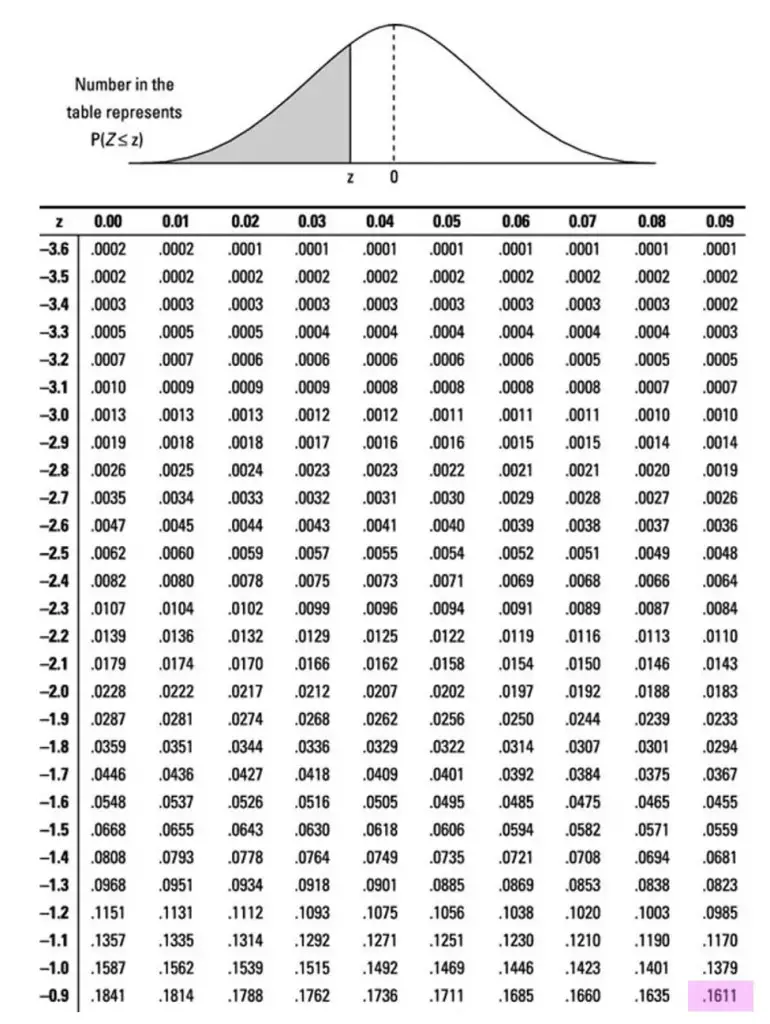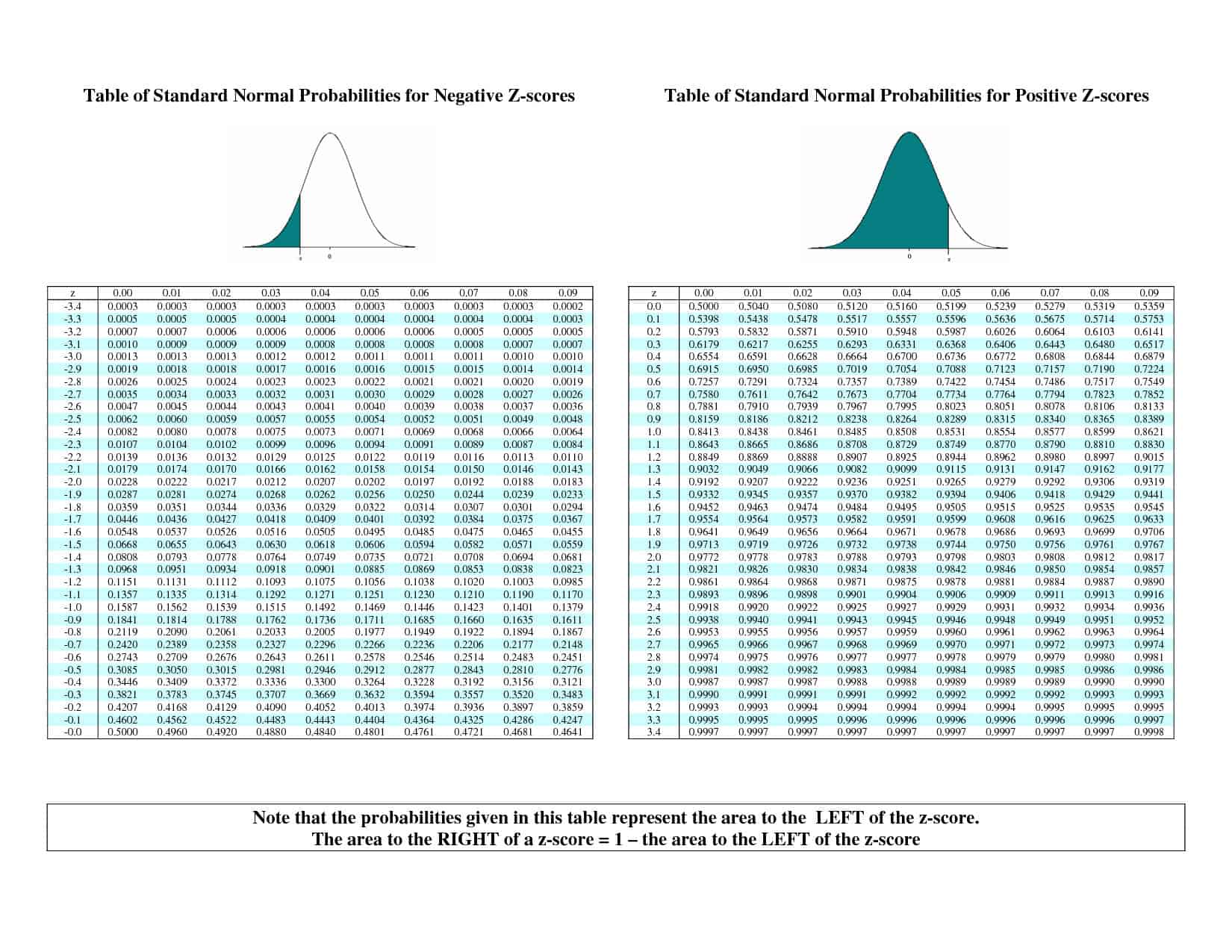

For the t distribution, you need to know your degrees of freedom (sample size minus 1).Ĭheck out this set of t tables to find your t statistic. The t distribution follows the same shape as the z distribution, but corrects for small sample sizes. If you are using a small dataset (n ≤ 30) that is approximately normally distributed, use the t distribution instead. If your data follows a normal distribution, or if you have a large sample size ( n > 30) that is approximately normally distributed, you can use the z distribution to find your critical values.įor a z statistic, some of the most common values are shown in this table: Confidence level

The point estimate of your confidence interval will be whatever statistical estimate you are making (e.g., population mean, the difference between population means, proportions, variation among groups). Once you know each of these components, you can calculate the confidence interval for your estimate by plugging them into the confidence interval formula that corresponds to your data. The critical values for the test statistic.The point estimate you are constructing the confidence interval for.If you want to calculate a confidence interval on your own, you need to know: Most statistical programs will include the confidence interval of the estimate when you run a statistical test. However, the British people surveyed had a wide variation in the number of hours watched, while the Americans all watched similar amounts.Įven though both groups have the same point estimate (average number of hours watched), the British estimate will have a wider confidence interval than the American estimate because there is more variation in the data.Ĭalculating a confidence interval: what you need to know Example: Variation around an estimateYou survey 100 Brits and 100 Americans about their television-watching habits, and find that both groups watch an average of 35 hours of television per week. Confidence intervals are useful for communicating the variation around a point estimate. These are all point estimates, and don’t give any information about the variation around the number. Differences between population means or proportions.

You can calculate confidence intervals for many kinds of statistical estimates, including: So if you use an alpha value of p < 0.05 for statistical significance, then your confidence level would be 1 − 0.05 = 0.95, or 95%. Your desired confidence level is usually one minus the alpha (α) value you used in your statistical test: For example, if you construct a confidence interval with a 95% confidence level, you are confident that 95 out of 100 times the estimate will fall between the upper and lower values specified by the confidence interval. This is the range of values you expect your estimate to fall between if you redo your test, within a certain level of confidence.Ĭonfidence, in statistics, is another way to describe probability.
#Z score calculator from alpha plus#
Frequently asked questions about confidence intervalsĪ confidence interval is the mean of your estimate plus and minus the variation in that estimate.Caution when using confidence intervals.Confidence interval for non-normally distributed data.Confidence interval for the mean of normally-distributed data.Calculating a confidence interval: what you need to know.


 0 kommentar(er)
0 kommentar(er)
